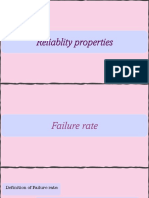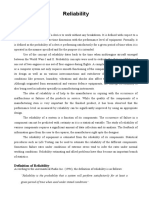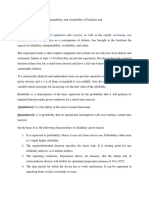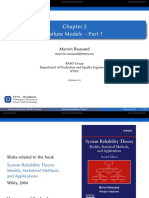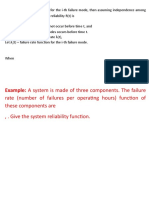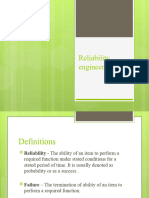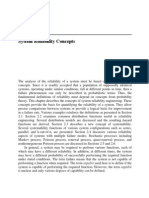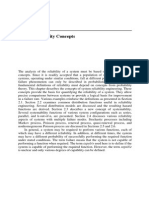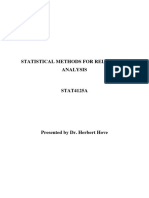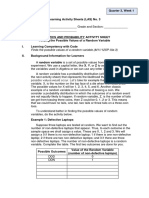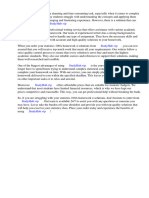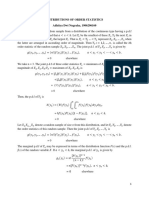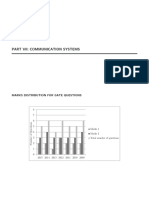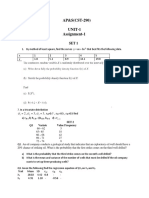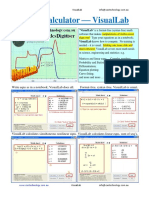0% found this document useful (0 votes)
23 views47 pagesLect 1 B Basic Reliability
Reliability is defined as the probability that a system or component performs its required function under stated conditions for a specified period. It is quantified as a numeric value between 0 and 1, allowing for comparisons between different designs. Key aspects of reliability include operating conditions, time to failure, and various mathematical models and distributions used to evaluate reliability measures.
Uploaded by
gyawalipramesh2Copyright
© © All Rights Reserved
We take content rights seriously. If you suspect this is your content, claim it here.
Available Formats
Download as PDF, TXT or read online on Scribd
0% found this document useful (0 votes)
23 views47 pagesLect 1 B Basic Reliability
Reliability is defined as the probability that a system or component performs its required function under stated conditions for a specified period. It is quantified as a numeric value between 0 and 1, allowing for comparisons between different designs. Key aspects of reliability include operating conditions, time to failure, and various mathematical models and distributions used to evaluate reliability measures.
Uploaded by
gyawalipramesh2Copyright
© © All Rights Reserved
We take content rights seriously. If you suspect this is your content, claim it here.
Available Formats
Download as PDF, TXT or read online on Scribd
/ 47





